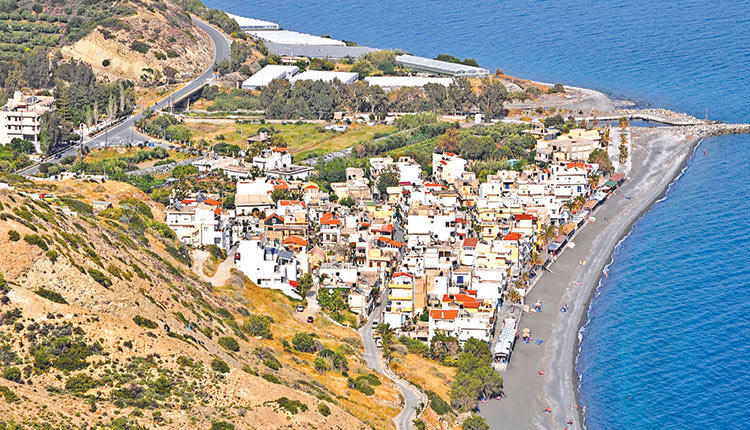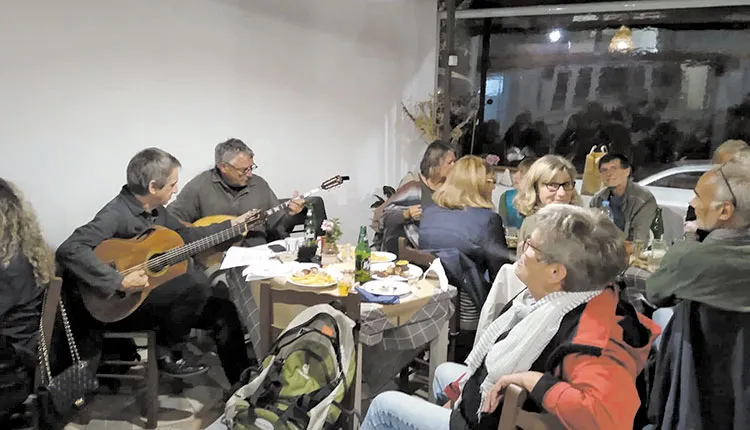Myrtos in Ierapetra enjoys sunshine for 320 days a year, making winter clothing unnecessary. It’s an ideal destination for vacations even in winter, with tourists continuing to swim in the calm sea, as the area is sheltered from strong winds.
Alexander Pantelakis, the president of the community, noted that with government support in energy and labor subsidies, the village could remain open year-round. He believes that Myrtos has all the conditions to become a fantastic vacation spot 365 days a year.
Many foreigners, including Dutch, Czech, German, and even Russian nationals, have purchased renovated homes in the area, which offers approximately 1,500-2,000 hotel beds along with Airbnb options. “We could stay open in winter if the government supported us,” Pantelakis said, emphasizing that Myrtos’ microclimate is truly unique.
Recently, an article circulating online states: “A seaside village in Crete, specifically in the Lasithi region, is a year-round attraction for tourists, and that village is Myrtos in Ierapetra. In Myrtos, you will almost never need heating during the winter, and your wardrobe will always be spring-like, as most days you can comfortably wear short sleeves and maybe just a light jacket in the evening. Myrtos is one of the most sheltered places in Crete due to its location. While other areas experience strong winds, Myrtos remains calm. Besides being welcoming, the village is clean and well-maintained. In addition to the beach, the village is known for its sports activities and has a network of marked trails.”
“It is true that Myrtos is a paradise for hikers and nature lovers,” comments the president, referring us to the official community page where it is noted: Myrtos wasn’t built for tourism, but tourists love it. “Myrtos is a village that still keeps its traditions and values alive, making it different from many other tourist spots. Myrtos wasn’t constructed for tourism; it has been around for a long time. When foreign visitors began arriving in the 1970s, locals started renting out their rooms. Gradually, Myrtos took on the role of a tourist village. Today, there are various accommodations, from simple to luxurious. Over time, a number of taverns and cafes have opened along the beach and in the alleys.
Here, you won’t find a bustling crowd but rather real everyday life. When the season ends, not all businesses close. No, it’s not an abandoned village. People continue with their hard agricultural work. Farmers are in their fields daily, harvesting olives, tomatoes, cucumbers, peppers, and other vegetables for the market. The schoolyard echoes with the voices of children, and grocery stores are places for a chat with neighbors as well as shopping. On Sundays, the bells of the large, and sometimes the small, church ring, calling worshippers to services. The old Greek Orthodox tradition still holds strong here.
Myrtos is primarily an agricultural community that warmly welcomes tourists to partake in village life. For this reason, many visitors from various countries return again and again, feeling genuinely welcomed.”




